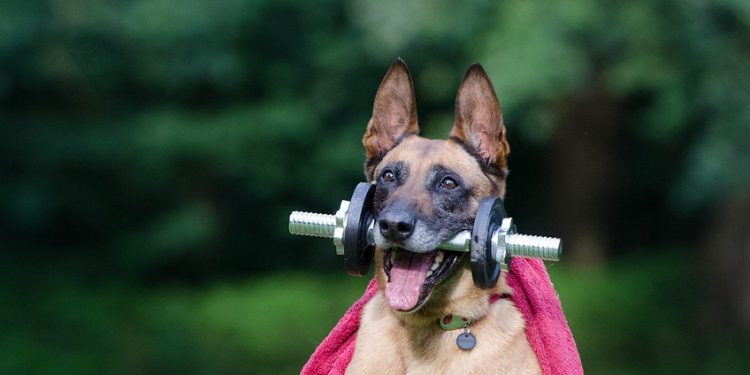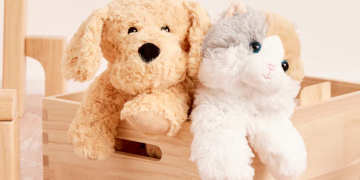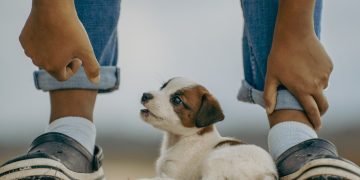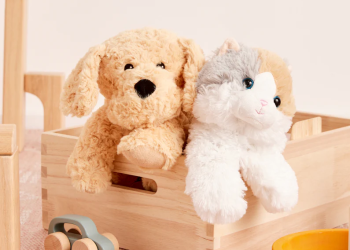Socialization is a crucial part of raising a well-adjusted, happy, and confident pet. Whether you have a dog, cat, or small animal, exposing them to various environments, people, and other animals in a controlled way helps them adapt to new experiences and prevents behavioral problems. This guide covers the do’s and don’ts of socializing your pet effectively.
Why Socialization Matters
Builds Confidence
Socialization teaches your pet to handle new experiences calmly, reducing fear and anxiety.
Prevents Behavioral Issues
Proper socialization minimizes aggression, excessive barking, or other undesirable behaviors rooted in fear or insecurity.
Enhances Safety
A well-socialized pet is less likely to react unpredictably in unfamiliar situations, ensuring their safety and that of others.
Do’s of Socializing Your Pet
Start Early
- Puppies and Kittens: The ideal window for socialization is between 3 and 14 weeks of age. During this time, they’re most receptive to new experiences.
- Older Pets: While socializing adult pets can be more challenging, it’s never too late. Use gradual exposure to help them adapt.
Introduce New Experiences Gradually
- Begin with calm, controlled environments before progressing to more stimulating settings.
- Introduce one new element at a time, such as meeting a new person or exploring a different surface.
Use Positive Reinforcement
- Reward your pet with treats, praise, or toys for calm and positive behavior.
- Reinforce desired responses immediately to strengthen the association.
Expose to a Variety of Stimuli
- People: Include adults, children, and individuals with different appearances or behaviors.
- Animals: Arrange safe interactions with other pets, ensuring both animals are comfortable.
- Environments: Expose your pet to car rides, different surfaces (grass, pavement), and public spaces.
Respect Your Pet’s Comfort Zone
- Pay attention to body language for signs of stress, such as flattened ears, tucked tail, or panting.
- If your pet seems overwhelmed, remove them from the situation and try again later.
Use Controlled Interactions
- Use leashes, crates, or barriers to ensure safe interactions, especially during initial meetings with other animals.
- Gradually increase freedom as your pet shows comfort and appropriate behavior.
Don’ts of Socializing Your Pet
Don’t Force Interactions
- Avoid pushing your pet into situations where they feel trapped or frightened.
- Let your pet approach new people, animals, or objects at their own pace.
Don’t Skip Training
- Socialization and training go hand-in-hand. Teach basic commands like “sit,” “stay,” and “come” to maintain control in new situations.
- Use commands to guide behavior during socialization activities.
Don’t Overwhelm Your Pet
- Exposing your pet to too much stimulation at once can cause anxiety or fear.
- Limit interactions to short sessions and gradually increase the duration as they grow more confident.
Don’t Ignore Negative Behaviors
- If your pet reacts aggressively or fearfully, address the behavior immediately by removing them from the situation.
- Consult a professional trainer or behaviorist for persistent issues.
Socializing Specific Types of Pets
Dogs
- Puppy Socialization Classes: Enroll in classes to provide structured interactions with other dogs and people.
- Leash Training: Practice walking calmly on a leash in various environments.
- Dog Parks: Introduce your dog to off-leash play gradually, starting with quiet times.
Cats
- Safe Exploration: Use a harness and leash to let your cat explore new environments securely.
- Interactive Play: Engage in play sessions with new toys or people to build confidence.
- Gradual Introductions: When introducing a new cat to your home, use scent swapping and separate spaces initially.
Small Animals
- Handling: Gently handle small pets like rabbits or guinea pigs to familiarize them with human interaction.
- Controlled Environments: Allow supervised exploration outside their enclosure.
- Positive Associations: Use treats or favorite snacks to make new experiences enjoyable.
Common Challenges and Solutions
Fear of New Situations
- Solution: Start with minimal exposure and gradually increase as your pet grows comfortable. Use plenty of positive reinforcement.
Aggression Toward Other Animals
- Solution: Use controlled introductions with barriers or leashes. Reward calm behavior and consider professional help if aggression persists.
Difficulty Adapting to Noisy Environments
- Solution: Desensitize your pet to loud sounds by playing recordings at a low volume and gradually increasing it.
Monitoring Progress
Keep a Journal
- Note your pet’s reactions to new experiences and track improvements over time.
- Identify patterns or triggers to better tailor socialization efforts.
Celebrate Milestones
- Reward your pet for progress, no matter how small, to maintain motivation and build confidence.
The Role of Professional Help
If your pet struggles with socialization despite your efforts, consider consulting:
- Trainers: For structured socialization plans and behavior modification.
- Veterinarians: To rule out underlying medical conditions that may affect behavior.
- Behaviorists: For severe fear, anxiety, or aggression issues.
Socializing your pet is an ongoing process that requires patience, consistency, and a deep understanding of their individual needs. By following these do’s and don’ts, you can help your pet navigate the world with confidence and enjoy a fulfilling, well-rounded life.












